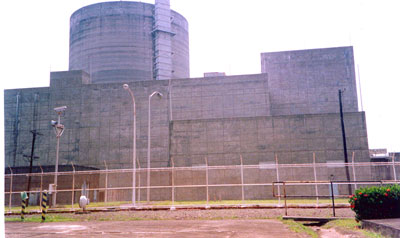
The Philippine Nuclear Power Plant, the country’s most famous ‘white elephant,’ was a $155,000 a day lesson on not mixing politics with nuclear reactors.
For almost 32 years, Filipino taxpayers endured that daily due, in interest, until the completion of payment to the plant loan in April 2007. Debt repayment on the plant saddled the country as its biggest single obligation. The plant’s total cost: 2.3 billion dollars.
Construction of the nuclear power plant started in 1976 and was completed in 1984. Designed to produce some 621 megawatts of electricity, it never produced a kilowatt of power.
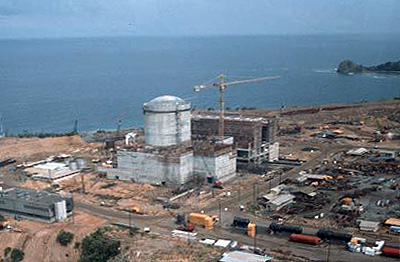
The nuclear program was meant to bring electricity to the urban and rural poor, as well as support the growth of industry. But the real purpose behind the reactor’s construction was to spur electrification for export-led industrialization and personal consumption by a local elite. Also, electrification during the regime of the late dictator Ferdinand Marcos meant legitimizing his political stronghold on the country and making it a tool for his counterinsurgency efforts. Communist and Muslim rebels would be encouraged to come back to the fold of his government if livelihood will be developed with the help of electrification.
The project was meant to prove Marcos’ sincerity in his vow to make the country an industrial hub in the region. This was during the first oil price shock in the early 1970s.
With the project mired in corruption among Filipino government officials and cronies, Marcos chose nuclear power upon US influence. The Westinghouse reactor was touted to be the main strategy for ‘modernity’ in the Philippines.
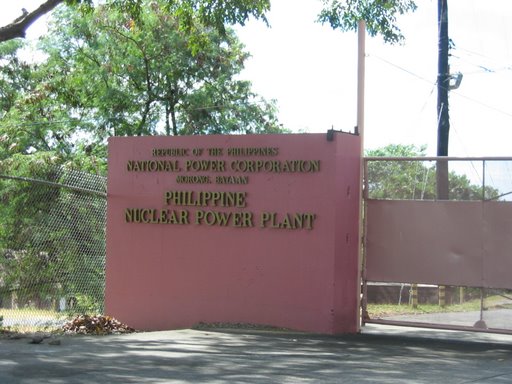
Under succeeding leaderships after Marcos, the country revisited the possibility of reviving its nuclear energy program, the latest of which was supposed to be a partnership with Japan.
New technology developed by General Electric could afford the Philippines and other developing countries access to cheaper and safer nuclear power with their creation of the next generation of nuclear reactors. Their design incorporates improvements in the cooling systems which take away excess heat and convert the heat energy to electricity via gas turbines.
General Electric’s Gen-III designs has 75% less piping, 80% less control cabling, 60% less valves, 35% less pumps and consume 50% less building space than their predecessors.
Ironically, it was General Electric that the Philippines was dealing with on its first Nuclear Power Plant Project.
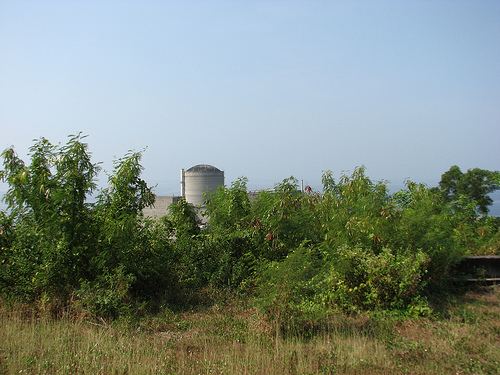
But the Filipino people are keener now – of both nuclear reactors and politicians. The lesson of the failed Philippine nuclear project has served them well. They are also more informed on the negative effects of having a nuclear program, having been exposed to international debate on the matter of all things nuclear.
The lesson of the Philippine experience for Southeast Asia should be clear: when scientists and engineers get it wrong in the world’s most advanced economies, the potential for error or mishap in less advanced is magnified. A Javanese or Vietnamese Chernobyl or even Kashiwazaki is, or should be, unthinkable.
If a country, however, does get into a nuclear program, politics should play a minimal role in overseeing the construction of energy infrastructure. The project has to be transparent. It has to involve the people and their organizations.
Governments, however, should not adopt any nuclear programs, in the first place. To this day, there are yet no foolproof ways to assure safety and waste, nuclear’s two most alarming concerns.
Over the long haul, there is no such thing as a successful nuclear program.
Today, Filipinos are totally thankful that the nuclear project failed more than 30 years ago. If it pushed through, the Philippines would not have discovered its successful capabilities in geothermal power and production of natural gas.
Worldwide, the Philippines now ranks second to the United States in producing geothermic energy. And to date, the Philippines has 4.3 trillion cubic feet of proven natural gas reserves.
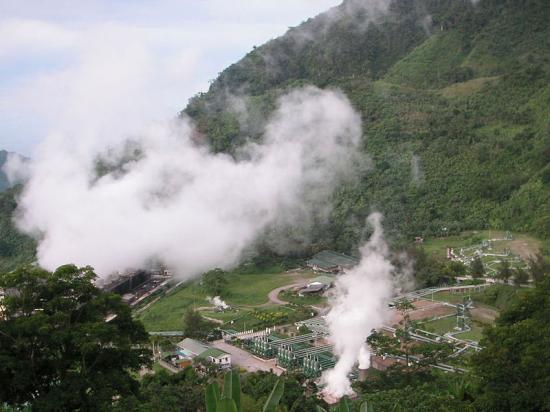
Palinpinon Geothermal power plant Negros Oriental, Philippines. One of the country’s several geothermal plants.
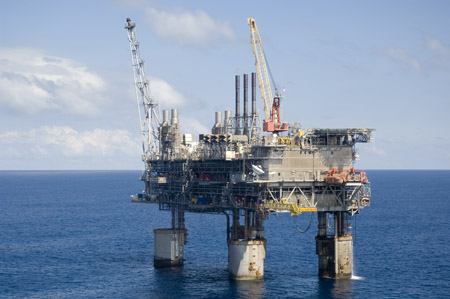
Malampaya gas-to-power off-shore rig platform for natural gas production.



